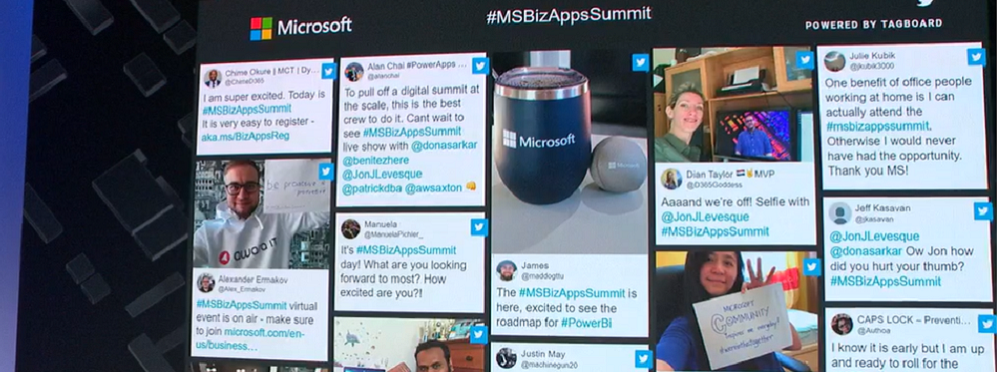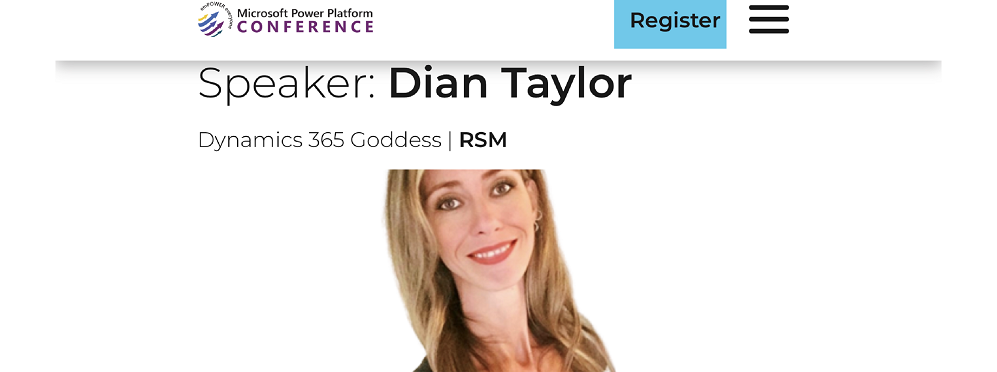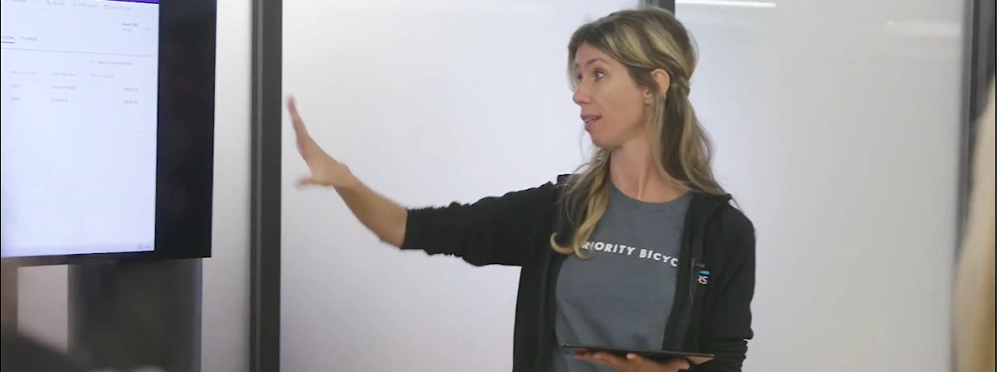Smart Paste and Smart Grid(search) in Model Driven Apps

Have you ever had to enter information from a document, note or an email into a model driven app? Usually this takes a bit of time as you have to read the content in the document/note/email first, and then enter the information in the correct fields of a form. How great would it be to have Copilot look at all the information in that document, note or email and just enter information into the correct field of the form automatically?!
Another thing that might be frustrating to end users is having to create views in a model driven app. This usually takes a bit of effort as the user will have to spend some time setting the correct filters for the view, and they might not be aware of the data structure of the table and related table(s) they are creating the view for.
I have some good news! There are two new features that are now in preview for model driven apps that handle both scenarios I just mentioned! As you know, the Dynamics 365 CRM apps are also model driven apps, which means that these features will not only work in custom built model driven apps, but they will also work in Dynamics 365 apps!
Smart Paste
The first feature I will be discussing in this article is called ‘Smart Paste’ and you might have already seen some demos of this functionality online or at the Power Platform Community Conference, where Ryan Cunningham showed this amazing feature. This is indeed the feature that allows users to copy a blurb of text from basically anywhere and paste it using the shortcut CRTL+V or by clicking the smart paste button on the form. When the paste action is done, Copilot will analyze the form in the model driven app and the data from the clipboard and strip out the relevant data and enter it in the columns of the form as a suggestion. The user will see a notification as this is happening, and they can accept the suggested data for the columns one by one or accept all suggestions by clicking the button on the top banner. On the image below a main form is shown, but this functionality also works with quick create forms. There are a few things to keep in mind here. The fields that are currently supported for Smart Paste are text, choice, date and number fields. If you have any fields that have field security, then these fields are also not supported for Copilot to enter data in. The languages that are supported for Smart Paste are: Arabic, Chinese (Simplified), Czech, Danish, Dutch, English (US), Finnish, French, German, Greek, Hebrew, Italian, Japanese, Korean, Norwegian (Bokmål), Polish, Portuguese (Brazil), Russian, Spanish, Swedish, Thai, and Turkish.

The Smart Paste feature has been in preview since late October of this year, and (as of today) is scheduled to go GA in February 2025. Before your users can take advantage of the preview an administrator will need to enable the feature in the Power Platform Admin Center. This can be done by navigating to https://aka.ms/ppac and selecting the environment for which they want to enable the feature. From within the environment, you will need to click on the settings button on the command bar and expand the ‘Product’ section on the page. Click ‘Features’ to navigate to the correct area. For the Smart Paste feature to work, the AI Form Fill assistance feature has to be enabled as well. Make sure the ‘Enable this feature for’ setting is set to ‘All users immediately’. To learn more about AI Form Fill Assistance, take a look at this article I wrote about it. Right below the AI Form Fill Assistance feature you’ll notice an on/off slider called ‘Enable Smart Paste (preview)’. Make sure this is set to ‘On’, then scroll down to save your changes.

Smart Grid/Smart Search
The smart grid feature was also shown during the Power Platform Community Conference and this is also a feature that is in preview today. This feature allows users to filter and sort data by using natural language. For example, from an account view a user can enter ‘Accounts where Open Revenue is greater than 0’ will result in a filter on the Open Revenue column where the value > 0 . Users will be able to see the filters that Copilot adds to the view on the right side of the natural search bar. When the view selector is expanded, you’ll notice the view created by Copilot in the list. This is only temporary, unless you save the view Copilot created as a new view. Users can also add sorting parameters if needed.

For example, entering ‘Accounts where Open Revenue is greater than 0 sort by Account Name’ will show the same view as before, but the data will be sorted by the ‘Account Name’ column. I also noticed that if you’re searching for rows that have or don’t have data in a certain column, you might need to reword this a bit. When manually filtering for a column that contains data, you’ll notice that the wording in the filter is ‘Contains Data’. For example, let’s say we want to find contacts that have an email address, the manual filter would be ’email contains data’. However, when I tried this phrase in the smart grid: ‘Contacts where email contains data’, the filter that was added by Copilot was email addresses that have the word ‘Data’ in them. When I changed my search to ‘Contacts where email has data’ this fixed the issue. I ran into a similar problem when I was looking for ‘Contacts where email does not have data’, so I changed the phrase to ‘Contacts where email is blank’. You might also see error messages when you’re trying to search columns that are not of a text data type. This is because only text columns are supported at this time. Aggregation, grouping and adding columns to a view is also not supported at this time.

This is also a feature that needs to be enabled in PPAC before you can test it out. In order to turn it on, you’ll navigate to aka.ms/ppac and select the environment for which you want to enable this feature. From within the environment you will need to click on the ‘settings’ button on the command bar and expand the ‘Product’ section on the page. Click ‘Features’ to navigate to the correct area. Below the ‘AI suggestions for formula columns’ you’ll see the setting called ‘Natural Language Grid and View Search’, which represents the Smart Grid functionality. Enable the feature by setting the ‘Enable this feature’ drop down to ‘All Users Immediately’ and you’re good to go. I am super excited about these two new (preview) features because I think this will help us become a lot more productive! Let me know in the comments what you think! I hope you enjoyed this article! Be sure to check in again next week for a new article or subscribe here to never miss another post!












Comments are Closed